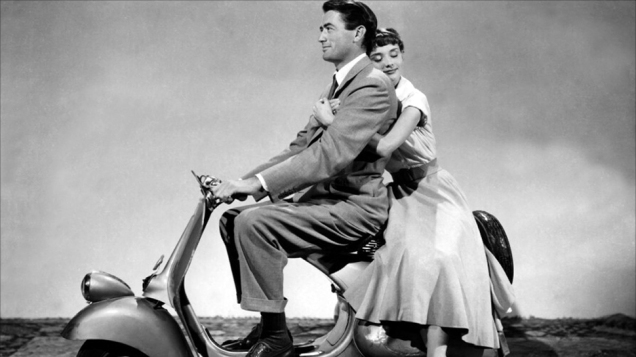Ciao Italia – showcasing Italian fun, food and fanfare
Wednesday 14 June 2017, 6pm to 9.30pm at The Colombo
363 Colombo Street, Sydenham – Christchurch
Fancy a trip to Italy but the budget won’t stretch quite that far? Well, here’s your opportunity to experience the next best thing without having to get on a plane! Throughout June, Italy will in fact be coming to The Colombo. This will culminate in Christchurch’s first ever Ciao Italia festival on Wednesday 14 June.
As we all know, Christchurch has seen an influx of new residents in the last few years. Italians have been among the many attracted to our shores and have brought with them their inimitable flair. Ciao Italia will showcase some of this flair in the form of fashion, home and art design, and beautiful cars.
And of course, as befits any self-respecting Italian festival, there will be food and wine! You will be able to feast your palate on both imported and locally-made delicacies such as wild-pig prosciutto, cold meats, all kinds of delicious cheeses, gnocchi, pasta, espresso coffee, and even edible gold leaf.
The entertainment line-up includes:
- Luca Manghi on the flute and David Kelly on the piano playing Donizetti (Sonata per flauto e pianoforte), Briccialdi (Concerto per flauto e pianoforte) and Mascagni (Intermezzo from Cavalleria Rusticana), and the Canterbury Cellists playing Antonio Vivaldi’s Four Seasons;
- Claudia Lues and the WEA Italian Singing Group singing Italian canzoni; and
- the Dante dancers performing a traditional Tarantella.
You will be able to chat with representatives of the Italian Programme of Research in Antarctica and of the Italian Chamber of Commerce in New Zealand, which is organising the event.
Make sure to also say Ciao to the students and members of the Dante Alighieri Society. This cultural society for lovers of all things Italian hosts monthly talks, film screenings, the Cartolina radio programme on Plains FM, and book clubs (one in English and one in Italian), as well as managing a very successful Italian language school.
 Ciao Italia runs from 6pm to 9.30pm and coincides with the opening night of the Cinema Italiano NZ Festival.
Ciao Italia runs from 6pm to 9.30pm and coincides with the opening night of the Cinema Italiano NZ Festival.
Fear not, though, because you won’t have to choose one over the other: very conveniently the Cinema Italiano Festival is also being held at The Colombo, in the Academy Gold Cinema.
The Festival opens at 7.30pm with complimentary aperitifs and appetisers before screening Roman Holiday, the 1953 classic romantic comedy which made Audrey Hepburn a star. Plenty of time therefore to visit Ciao Italia before the film begins.

So circle Wednesday 14 June in your diary and spread the word. Let’s make this first Ciao Italia festival a great success so that it may become a regular occurrence in the events calendar of our ever more cosmopolitan city. And, why not, let’s show Wellington and Auckland that Mainlanders do it better!
See you there!
P. S. For more information visit www.ciaoitalianz.com
Keen to be an exhibitor? Fill in the registration form on the Ciao Italia NZ website ASAP!
Our library catalogue has lots of resources for Italophiles:
- Italian cookery
- Italian fashion, art, and interior decoration
- DVDs and streaming video set in or about Italy
- Italian cars and Vespas
- Italian music
- Italian guidebooks























![A double-decker horse tram crossing the original Seaview Road bridge on the way to Christchurch [ca. 1900]](https://i0.wp.com/christchurchcitylibraries.com/heritage/photos/collection22/02319.jpg)

![Ten mile championship of New Zealand [Jan. 1896]](https://i0.wp.com/christchurchcitylibraries.com/heritage/photos/disc1/IMG0057.jpg)
![Christchurch railway station [1878]](https://i0.wp.com/christchurchcitylibraries.com/Heritage/Photos/Disc18/IMG0028.jpg)
![Regatta Day on the Avon [ca. 1921]](https://i0.wp.com/christchurchcitylibraries.com/heritage/photos/disc12/IMG0030.jpg)
![Port Lyttelton, showing the first four ships and emigrants landing from the Cressy, December 28th 1850 [28 Dec. 1850]](https://i0.wp.com/christchurchcitylibraries.com/heritage/photos/disc10/IMG0017.jpg)

![Beth El Synagogue, Christchurch [1901]](https://i0.wp.com/christchurchcitylibraries.com/heritage/photos/disc6/IMG0079.jpg)

